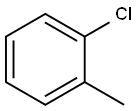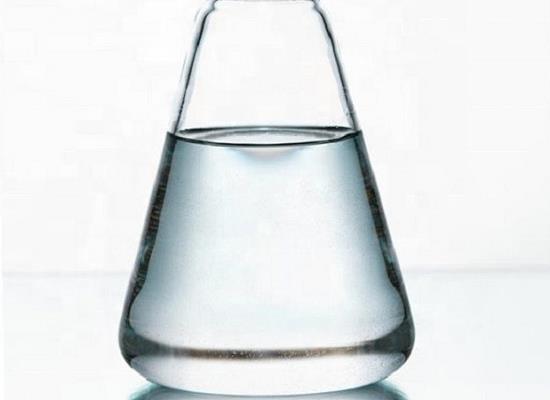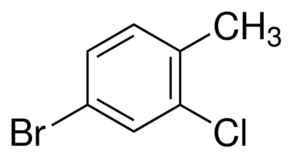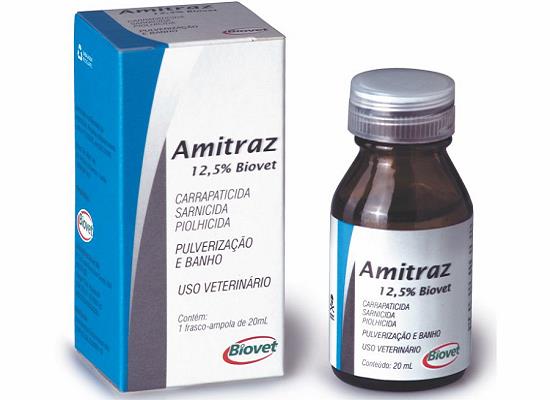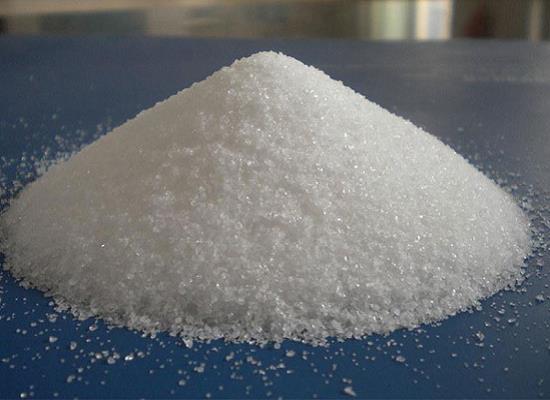2-Chlorotoluene: properties, applications and safety
General Description
2-Chlorotoluene is a colorless liquid with an aromatic odor. It has slightly soluble in water but is widely used as a solvent and intermediate in organic chemistry, dye synthesis, pharmaceuticals, and synthetic rubber production. However, it can react violently with certain substances such as dimethyl sulfoxide. It is a flammable liquid and presents hazards including toxicity, respiratory tract irritation, and eye and skin irritation. Inhalation of its vapors can also cause respiratory irritation and systemic toxic effects. During shipping, it is classified as a hazardous material and proper handling and labeling procedures are required. Safety protocols must be followed to prevent harm to individuals and the environment.
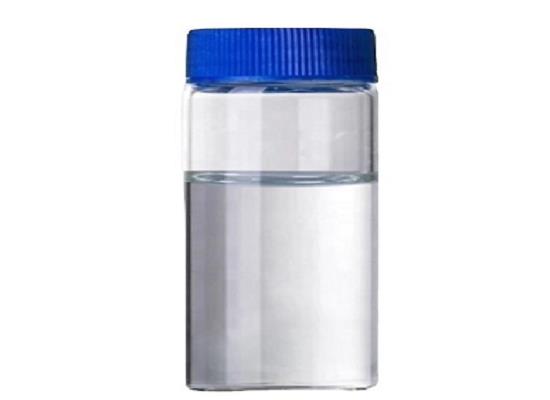
Figure 1. 2-Chlorotoluene
Properties
2-Chlorotoluene is a colorless liquid with an aromatic odor. It has a density higher than water and is poorly soluble in water, causing it to sink when mixed with water. It exhibits slight solubility in water. 2-Chlorotoluene can react with strong oxidizing and reducing agents, as well as with amines, nitrides, azo/diazo compounds, alkali metals, and epoxides. It should be noted that it reacts violently with dimethyl sulfoxide. Chemically, 2-Chlorotoluene is a flammable liquid that is colorless in appearance. It possesses an aromatic odor. In summary, 2-Chlorotoluene is a colorless liquid with an aromatic odor. It is denser than water and has poor solubility in water. It can react with various substances, making it incompatible with certain agents. Additionally, it is flammable in nature. 1
Applications
2-Chlorotoluene has various applications as a solvent and intermediate in organic chemistry and dye synthesis. It is widely used in the production of dyes, pharmaceuticals, and synthetic rubber compounds. As a solvent, 2-Chlorotoluene is commonly employed in chemical reactions and processes. It serves as a medium to dissolve and carry other substances, facilitating the synthesis of dyes, pharmaceutical compounds, and synthetic rubber additives. Its solvency properties make it suitable for a range of applications in the chemical industry. Additionally, 2-Chlorotoluene acts as an important intermediate in several chemical reactions. It can be oxidized with permanganate to produce o-chlorobenzoic acid, which finds use in the manufacturing of various organic compounds. The compound is also utilized in the preparation of 3-chloro-4-methylcatechol and 4-chloro-3-methylcatechol, which have applications in pharmaceutical and chemical processes. Furthermore, 2-Chlorotoluene serves as a precursor in the synthesis of aryl coupling products through palladium-catalyzed Negishi cross-coupling reactions. This method allows for the formation of complex organic molecules with aryl groups. Additionally, it can be employed in Buchwald-Hartwig amination reactions to synthesize arylamines, which play a crucial role in the development of pharmaceuticals and materials science. In conclusion, 2-Chlorotoluene is a versatile compound with multiple applications as a solvent, intermediate, and precursor in various chemical reactions and industries, including the production of dyes, pharmaceuticals, and synthetic rubber compounds. 2
Safety
2-Chlorotoluene presents several hazards and safety concerns that should be taken seriously. The compound is toxic by inhalation, and it can cause respiratory tract irritation, eye and skin irritation. When exposed to heat or flame, it can become flammable and pose a fire hazard. In terms of health hazards, inhalation of 2-Chlorotoluene vapors can lead to respiratory irritation, and prolonged or repeated exposure to the vapors can result in systemic toxic effects. Therefore, it is essential to handle and use the compound with proper protective equipment and precautions. It can also be used as an insecticide and bactericide, making it a potential exposure hazard. During shipping, 2-Chlorotoluene is classified as a hazardous material with a hazard class of 3 based on its flammable liquid properties. Proper labeling and handling procedures must be followed when transporting the compound to avoid any accidents and ensure the safety of the public. Overall, appropriate safety protocols must be adhered to when handling and using 2-Chlorotoluene to prevent harm to individuals or the environment. 3
Reference
1. Govindarajan M, Ganasan K, Periandy S, Karabacak M, Mohan S. Vibrational spectroscopic analysis of 2-chlorotoluene and 2-bromotoluene: a combined experimental and theoretical study. Spectrochim Acta A Mol Biomol Spectrosc. 2010 Dec;77(5):1005-1013.
2. Wu M, Wang L, Zeng B, Zhao F. Fabrication of poly(3,4-ethylenedioxythiophene)-ionic liquid functionalized graphene nanosheets composite coating for headspace solid-phase microextraction of benzene derivatives. J Chromatogr A. 2014 Oct 17;1364:45-52.
3. Li L, Zhang D, Hu W, Yang Y, Zhang S, Yuan R, Lv P, Zhang W, Zhang Y, Zhang Y. Improving VOC control strategies in industrial parks based on emission behavior, environmental effects, and health risks: A case study through atmospheric measurement and emission inventory. Sci Total Environ. 2023 Mar 20;865:161235.
Related articles And Qustion
See also
Lastest Price from 2-Chlorotoluene manufacturers
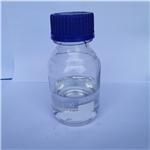
US $10.00/KG2025-04-21
- CAS:
- 95-49-8
- Min. Order:
- 1KG
- Purity:
- 99%
- Supply Ability:
- 10 mt
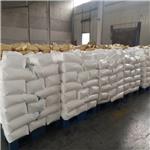
US $0.00-0.00/kg2025-04-21
- CAS:
- 95-49-8
- Min. Order:
- 1000kg
- Purity:
- 99.8%
- Supply Ability:
- 100000ton
